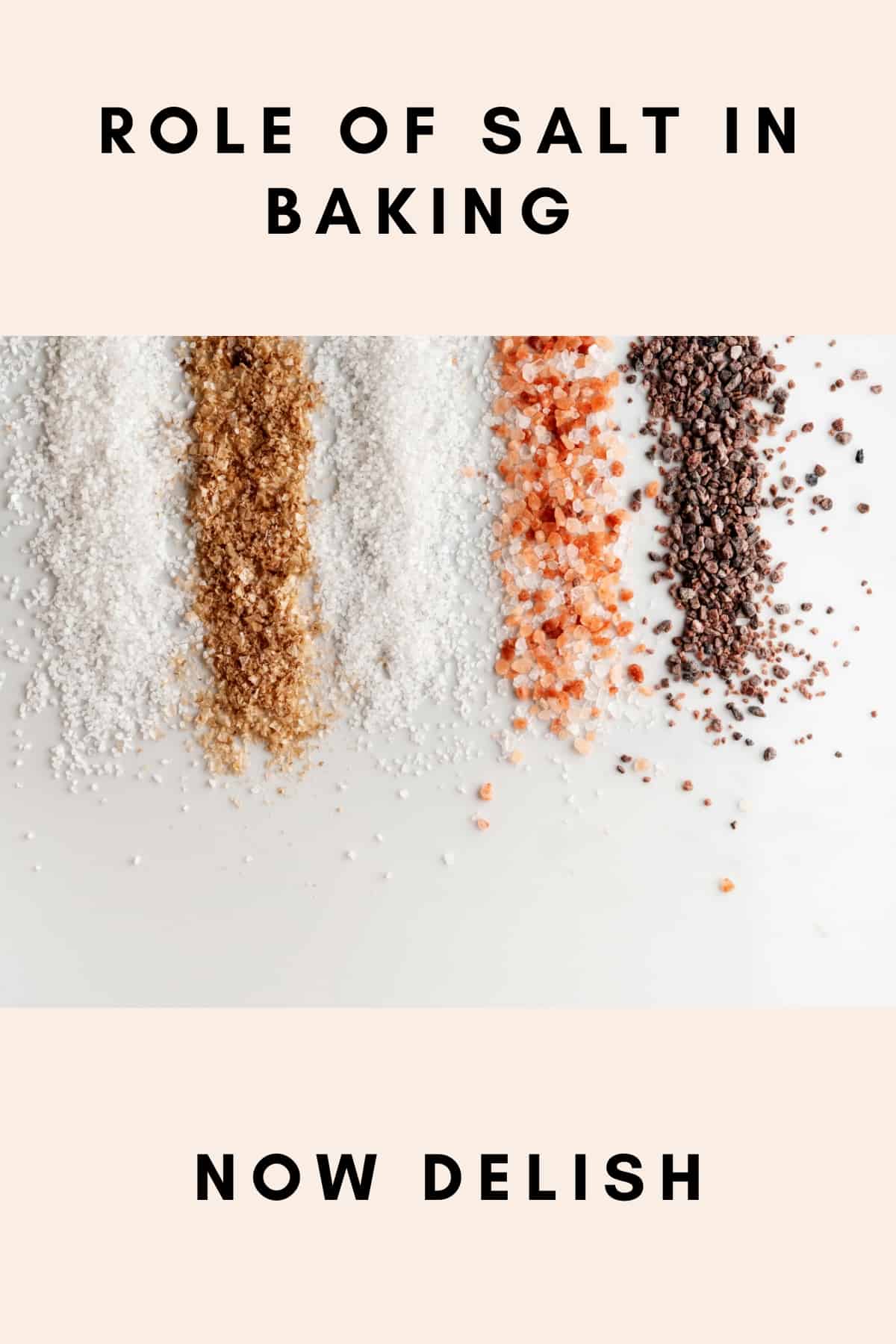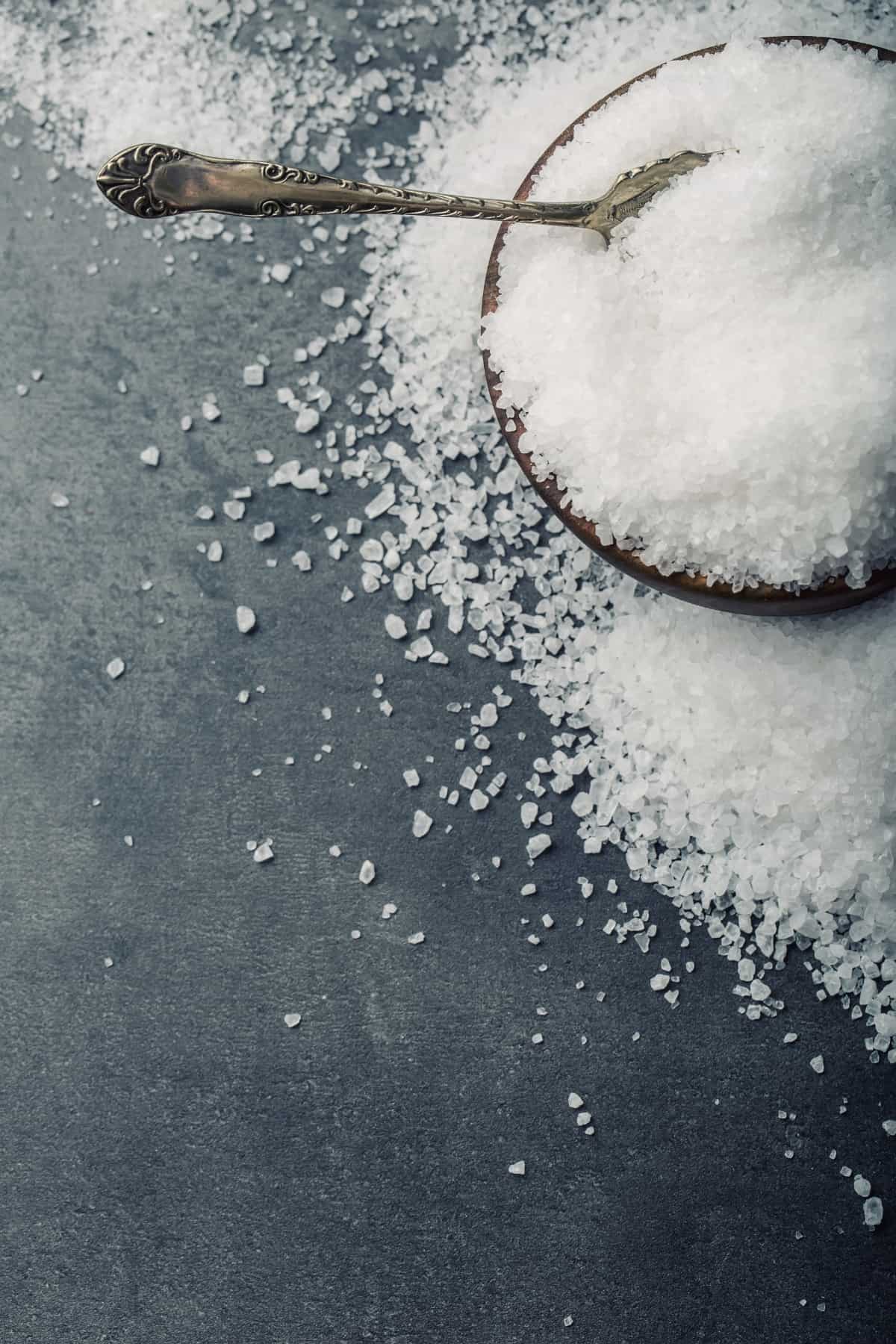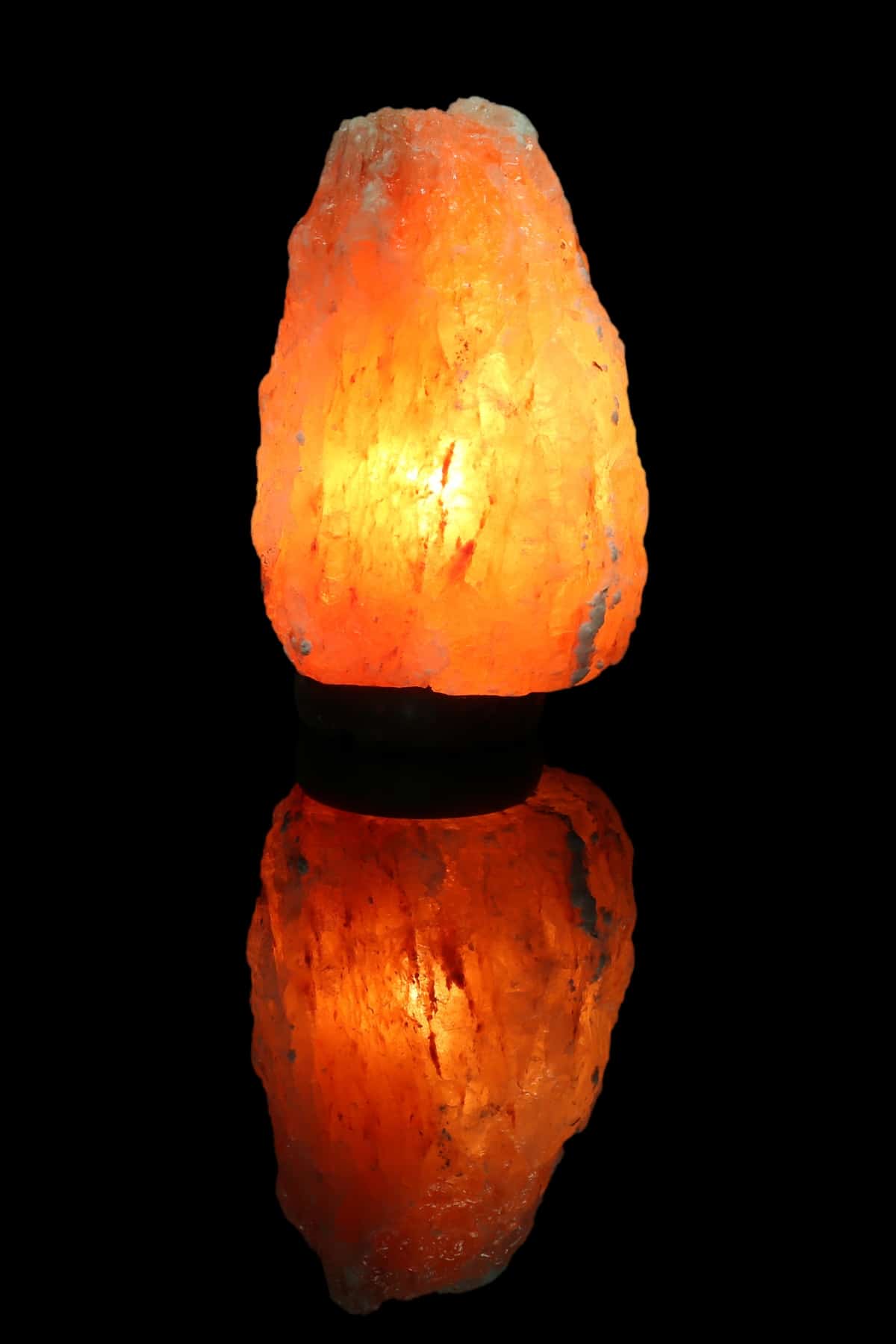Ever wondered when dessert recipes ask for a little amount of salt that what is the role of salt in a cake, bread or pastries? Because in this article I am going to walk you through the role, function and purpose of this underrated but essential nutrient and flavor enhancer, salt. As a matter of fact by the end of this article you will be quite amazed by the qualities and role of salt in baking. Let's start.

While salt is a small ingredient but regardless the role of salt is so important that you will find it in all cuisines of food across the world. From seasoning the salads to add up flavor to the curries, from cakes to bread dough, presence of salt is critical. That's the reason I always add a small quantity of salt in my breads, cakes, muffins, cheesecakes or quick-breads on this blog.
Table of Contents
1) essential component of cooking & baking
Salt is an important, however, underrated ingredient essential in both cooking and baking. In truth this little mineral does wonders in baking and your bakes will not be as good as they are if salt was not there.
Not to mention that for the past 5000 years salt has remained an essential ingredient for cuisines across the world. Salt's major function is to enhance the taste of food only if added in appropriate quantity.
Traditionally and surprisingly, salt has also been used as a food preservative for thousands of years.
In general, shelf life of salt is long and you can store unopened packages of any type of salt for indefinite duration of time. Opened packages of salt will stay good for a couple of years as well.
2) what is salt?
Salt is made of small grains and crystals, which are the molecules of sodium chloride. Consequently salt is known as sodium as well.
The chemical formula for salt is NaCI, which is 1:1 ratio of sodium and chloride ions in salt.
Salt is commonly used as a food ingredient. We get salt by processing salt mines and evaporation of seawater. It is considered as one of the five basic taste sensations.

3) types of salt
There are different kinds of salt that we commonly use in cooking and baking. They are all made of sodium ions and salt crystals.
Table salt: is a refined salt and it contains 97 - 99 % of sodium chloride. Table salt is made in the mines by pumping the water in the underground salt mine with large salt deposits, which results in brining. The brine is then pumped back from the mine and that's how table salt is made.
Iodized salt: contains potassium iodide that helps to prevent iodine deficiency and thyroid problems. It is largely used in cooking across the world. It was not until 1920's that iodine was added to this type of salt to overcome the iodine deficiency among masses.
Kosher Salt: is basically made up of sodium chloride and is iodine free. It is a type of a sea salt and is largely used in cooking across the world.
Fine Sea salt: is made by evaporating ocean or sea water, or the water from the salt water lakes. It is basically made with mineralization of the water. The grain is flaky. It is mostly used to sprinkle over the finished baking goods.
Himalayan Pink Salt: This salt is the Himalayan salt and most commonly known as the pink salt. It is a type of rock salt which is largely mined in Pakistan. (See a fun fact below)
4) salt in baking
The common types of salt used in baking are kosher salt, sea salt and table salt. It usually depends on your personal preference on which different types of salt you pick for your baking recipe.
5) volume vs. weight
Different types of salt consist of crystals different in shape, size and density. It means that each type of salt will weigh differently. For example:
1 tablespoon of Table salt = 20 grams
1 tablespoon of Kosher salt = 15 grams
1 tablespoon of Sea Salt = 20 grams
For this reason, I always prefer to weigh my ingredients rather than using measuring spoons or cups. Always weigh your sodium content for accurate results in baking.
6) salt and fermentation
The right amount of salt helps with fermentation rate in a dough by stabilizing and slowing the fermentation process. Salt tightens the gluten and protein structure in the dough giving it elasticity and helps with even rising. Basically it provides resistance against the pressure built up by the carbon dioxide within the dough.
7) salt controls yeast in bread dough
Yeast is an important component in bread making. The salt plays an important role as it controls the yeast activity in the dough.
Without salt the yeast will multiply rather rapidly resulting in over-proofed dough. Salt will slow down the process to give even results.
Salt kills yeast grains. One should always avoid salt directly with yeast and rather proof the yeast with sugar and then add it to dough along with salt. It should work perfectly always.
8) salt keeps the baked goods fresh
One important function of salt in baking is preservation of the baking goods. Salt attracts moisture and it means it keeps the baked goods fresh for longer periods of time. Without the addition of salt the baked good such as breads will get bad or stale rather quickly.
9) gives flavor and balances sugar
The absence of salt in a bread dough will make the dough taste bland. The bread dough will also overproof much quickly without salt.
A pinch of salt or a small amount of salt in desserts will balance out the sugar and also enhance the overall flavor of the baked goods. Salt also helps to develop gluten giving structure and stability to the cakes.
I also use a pinch or hint of salt in jams, jellies, custards, pies, pie crusts etc. A pinch will not give the final product salty flavor but rather enhances the overall flavor for a good taste and best results.

common questions
I usually use kosher salt in my baking recipes. Kosher salt has large and flaky grains with a milder taste and it helps to enhance the flavor and texture of the baked goods. It is easily available from food stores.
The main difference between these two salts is that they are different in texture and flavor. Kosher salt has a larger grain as compared to the table salt. Because of this difference a hint of kosher salt gives less salt than a pinch of table salt. Also, kosher salt has a milder salty flavor as compared to the table salt.
fun fact

Do you know in Pakistan lamps are made out of salt? Interesting huh??
The pink salt, which is the Himalayan salt is found in Pakistan, my motherland. The large amber-colored rock salt is hollowed from inside and then a lightbulb is fitted inside to give reddish-pink light. It is commonly available in the US.
